Menstrual Cramps
Dysmenorrhea (Menstrual Cramps): Symptoms, Causes, Treatments & Types
Do you experience severe menstrual cramps that disrupt your life every month? You may be suffering from dysmenorrhea, a type of medical condition which is known by having painful periods. Dysmenorrhea is the a common gynaecological condition which affects women of all ages. While some discomfort during your period is normal, dysmenorrhea involves moderate to severe pain that can really impact your quality of life. For many women, menstrual cramps are unwelcome guests. However, when this pain becomes severe and interferes with daily activities, it could indicate dysmenorrhea, a gynaecological condition marked by painful periods. If you're among those countless women who are struggling with menstrual cramps every month, you’re not alone. This condition is the most common among women, affecting up to 90% of those who have periods. In this article, we will look at the types, causes, and symptoms of dysmenorrhea. We will also discuss effective dysmenorrhea treatment options and home remedies to help you feel better and manage your menstrual health. What is dysmenorrhea? Dysmenorrhea is the medical term for painful periods or menstrual cramps. It refers to throbbing or cramping pain in the lower abdomen that many women experience before or during their period. This condition affects over half of menstruating women worldwide, with pain ranging from mild to severe. In addition to abdominal pain, dysmenorrhea can be cause symptoms like nausea, vomiting, diarrhea, headaches, and fatigue, significantly impacting daily life. Understanding the various manifestations and underlying causes of dysmenorrhea is essential for effective management and treatment, helping women lead more comfortable lives during their menstrual cycles. What are the types of dysmenorrhea? There are two main types of dysmenorrhea: Primary dysmenorrhea Primary dysmenorrhea is the most common type of menstrual pain, affecting up to 90% of adolescent girls and 40% of adult women. It refers to menstrual cramps that are not caused by any underlying health issues. Primary dysmenorrhea usually start within a year or two after a girl’s first period and may get better with age or after having children. Women dealing with this condition might be more sensitive to pain, even when they’re not on their period, which can make them more likely to experience other chronic pain issues. Secondary dysmenorrhea Secondary dysmenorrhea refers to painful period cramps caused by underlying issues in the reproductive system, such as endometriosis, uterine fibroids, or a pelvic inflammatory disease. This type of dysmenorrhea typically affects older women and is often associated with more severe menstrual cramps and significant pelvic pain. Secondary dysmenorrhea can develop at any age, secondary dysmenorrhea frequently presents with additional symptoms, including heavy bleeding during menstruation and discomfort or pain between periods. Identifying the root causes is crucial for an effective treatment and relief of these debilitating symptoms. Is having dysmenorrhea normal? While some discomfort during menstruation is normal, dysmenorrhea involves pain that is severe enough to disrupt daily activities. Dysmenorrhea is a leading cause of school and work absences for women in their teens and 20s. Mild cramps may be typical, but severe dysmenorrhea that affects your quality of life is not. Research suggests that up to 15% of women experience dysmenorrhea severe enough to prevent them from going to work or school. If your period pain regularly makes it hard to do everyday tasks, it’s crucial to seek medical advice. What are the Causes of Dysmenorrhea? The primary cause of dysmenorrhea is an excess of prostaglandins, which are chemicals that regulate uterine contractions. For secondary dysmenorrhea, medical conditions like endometriosis, pelvic inflammatory disease (PID), uterine fibroids, abnormal pregnancies, and pelvic infections are often responsible for the pain. What is the main cause of painful periods? The primary cause of menstrual cramps is due to contraction of the uterus, which is triggered by prostaglandins. When levels are elevated, can cause more sever and painful cramps during monthly periods. Secondary dysmenorrhea, is usually linked to underlying health issues such as endometriosis, pelvic inflammatory disease (PID), uterine fibroids, or an abnormal pregnancy. Additionally, pelvic infections can also contribute to discomfort. Understanding these causes is crucial for an accurate diagnosis and effective treatment, helping to alleviate the pain and improve overall comfort during menstrual cycles. Why are period cramps so painful? Period cramps become painful when the uterine contractions are especially intense and prolonged. This can also squeeze the nearby blood vessels and reduce oxygen supply to the uterine muscles, causing intense pain. This pain may also lead to nausea, dizziness, and diarrhea. Women with dysmenorrhea may be more sensitive to pain during their entire menstrual cycle, making their discomfort worse. What are the symptoms of painful menstrual cramps? The symptoms of dysmenorrhea can vary but often include: Throbbing or cramping pain in the lower abdomen Pain that radiates to the lower back and thighs Nausea and vomiting Diarrhea or constipation Headaches Dizziness Fatigue These symptoms typically start 1-2 days before your period and last for 2-4 days. If you experience extreme discomfort or if your symptoms last longer, it's important to see a healthcare provider. How does secondary dysmenorrhea cause menstrual cramps? In secondary dysmenorrhea, menstrual cramps are caused by underlying disorders of the reproductive system, such as: Endometriosis: When uterine tissue grows outside the uterus, it can cause painful periods, chronic pelvic pain, and pain during sex or bowel movements Uterine Fibroids: These noncancerous growths in the uterine wall can cause heavy, prolonged, and painful periods Pelvic inflammatory disease (PID): Pelvic inflammatory disease can cause inflammation and scarring, leading to pain Unlike primary dysmenorrhea, where pain typically occurs during monthly period, the discomfort linked with secondary dysmenorrhea may happen at any time throughout the menstrual cycle. This can make it more challenging to manage, as the pain can be constant and unpredictable. Females experiencing secondary dysmenorrhea report a range of symptoms that can significantly impact their quality of life, highlighting the importance of seeking medical advice for an effective diagnosis and treatment options. Understanding these underlying conditions is important for finding a relief and improving overall well-being. Who is more likely to have dysmenorrhea? Several factors can increase the chances of experiencing dysmenorrhea: Age: It’s most common in women under 30, especially those in their late teens and early 20s Early Menarche: Starting your period at a younger age (before 12) is associated to a higher risk Heavy or irregular periods: Longer and heavier periods often lead to more severe cramps Family history: Having a close relative with dysmenorrhea can increase your risk Smoking: Women who smoke are more likely to have painful periods Obesity: A higher body mass index (BMI) is associated with an increased risk of dysmenorrhea Can there be complications of painful periods? Menstrual cramps typically don’t result in other medical complications, but they can impact your ability to attend school, work, and participate in social activities. However, certain conditions linked to menstrual cramps can cause serious complications. For example, endometriosis can cause pregnancy issues. Similarly, a pelvic inflammatory disease can create scar tissue in the fallopian tubes, which increases the risk of an ectopic pregnancy, where a fertilized egg implants outside the uterus. What is the difference between normal cramps and dysmenorrhea? The main difference between regular cramps and dysmenorrhea is their intensity. Normal Cramps: Many people feel light cramps during their period, affecting over 60% of individuals. These cramps are usually mild to moderate and subsides after few days Dysmenorrhea: This term refers to painful menstrual cramps that can feel sharp or achy in the lower abdomen. It might also cause back or leg pain, along with other symptoms like nausea, fatigue, and diarrhea. Regular cramps are usually mild and don’t bother you much, while dysmenorrhea includes painful cramps that can make it hard to go about your daily activities. How can you relieve menstrual cramps? Here are some dysmenorrhea treatment options that can help relieve painful periods: NSAIDs and pain relievers: Nonsteroidal anti-inflammatory drugs (NSAIDs) such as ibuprofen and naproxen are often the first of defense against menstrual cramps. They help in reducing inflammation and lower prostaglandin levels. Hormonal Medications: Hormonal birth control methods such as the pill, patch, or vaginal ring can help regulate your menstrual cycle and reduce painful periods by thinning the uterine lining and decreasing prostaglandin levels. In addition to medication, these self-care tips can also help ease menstrual cramps: Apply a heating pad or hot water bottle to your lower abdomen Take a warm bath Gently massage your abdomen Use relaxation techniques like deep breathing or meditation Stay hydrated and try to avoid caffeine and alcohol Get regular exercise, which can boost endorphins and help reduce pain Can we prevent dysmenorrhea? While it may not be possible to completely prevent dysmenorrhea, there are steps you can take to reduce your risk and manage your symptoms: Maintain a healthy weight through regular exercise and a balanced diet Quit smoking and limit alcohol consumption Practice stress-reduction techniques like meditation or yoga Use hormonal birth control as directed by your healthcare provider Stay hydrated and eat a diet rich in fruits, vegetables, and whole grains Consider taking dietary supplements like omega-3 fatty acids, vitamin E, and magnesium When to see a doctor? If Painful periods are disrupting your daily life, it's crucial to reach out to your healthcare provider. While mild cramps are common, Severe menstrual cramps can affect your daily life. Tracking your periods and noting when the pain is most intense. Additionally, keep an eye on any other symptoms, such as headaches or heavy bleeding. Your healthcare provider will inquire about the onset of your periods, the duration of your symptoms, your sexual activity, and any family history related to dysmenorrhea. Conclusion Living with dysmenorrhea can be challenging, but with the right knowledge and support, you can find relief and manage your menstrual health effectively. By understanding about its types, causes, and symptoms of dysmenorrhea, along with the treatment can help you create a plan with your doctor for managing painful periods. If your cramps are really impacting your life, be sure to seek medical assistance. At Metropolis Healthcare, we understand the role of accurate diagnosis in identifying the root causes of your symptoms. We provide a reliable pathology testing to identify any of the underlying conditions contributing to your menstrual pain. Our skilled phlebotomists offer convenient at-home sample collection for a comfortable experience. Start your journey to better menstrual health by visiting our website or using our user-friendly app to book an appointment. You can prioritise your well-being with the right information and support. Take control of your menstrual health today by exploring our comprehensive women's health check-up packages as well as scheduling a personalised appointment with Metropolis Healthcare.
Treatments and Remedies for Period Pain Relief
The days before and after your periods are often a little bit uncomfortable, along with the feelings of bloating and irritation; you also feel lethargic; all you want to do is lie on the couch and read a book or watch your favourite shows. These feelings are the physical side effects of your menstrual cycle, also called PMS. These can differ from individual to individual and can be severe or mild. If you are someone who goes through this cycle of pain every month, we have a few home tips for period pain relief that are sure to help you. Why do menstrual cramps happen? When menstruating, it is expected to feel a little bit of discomfort around your lower back, abdomen, and thighs. When you are on your period, the muscles in your womb have to relax and contract to help shed the inner lining of your uterus. Sometimes, this can cause menstrual cramps, which means your muscles are working. Along with these cramps, you may also notice other symptoms, like: Headaches Diarrhoea Vomiting Nausea While doctors are still unsure about what causes period cramps to be painful in some women and not in others, the following factors may contribute to this: Excessive menstrual flow Being under 20 years of age or just starting your periods Having your first child Having an overproduction of prostaglandins (a compound which influences your womb) Other factors include: Endometriosis (Abnormal uterine tissue growth) Growths in your uterus Using birth control Why Are Period Cramps Painful? Dysmenorrhea, a condition related to severe menstrual cramps, is caused by the compound prostaglandin, which is commonly found in the body. Just before the start of your menstruation, every month, the levels of this compound, prostaglandin, in the lining of your uterus increase. The levels of prostaglandin are the highest on the first day of your menstrual period, which is why the period cramps and pain are usually the worst on the first day. As the lining of your uterus is shed and your period progresses, the levels of prostaglandin decrease, taking the pain along with it. How to Tell if Your Period Cramping Is Normal Your level of period cramps and pain is usually similar from one month to the next. For some women, this pain can be mild, while others have to undergo pain that is quite debilitating. If you experience the same pain levels every month during your menstrual cycle, there is no cause for concern. You can follow some of the period pain relief tips mentioned later to make yourself more comfortable during this time. Can Bad Period Cramps Be a Sign of Something Else? While period cramps don't usually signify something being wrong, in some cases, they can be a symptom of an underlying medical condition. Some of the common conditions related to unexplained changes in the level of your pain and sudden period cramps include Endometriosis: This disorder occurs when tissue similar to the one present inside the uterus starts to form on the outside of your uterus. This tissue then adheres to your bladder, ovaries, or bowels. Some types of period pain can be a symptom of endometriosis. Uterine fibroids: Fibroids are noncancerous growths that can form inside your uterus. They can vary in size from specks to bulky masses. When these fibroids degenerate, it can cause an intense period cramp. Adenomyosis: In this condition, the same tissue that causes endometriosis starts to grow within the muscle walls of the uterus. This causes swelling in the uterus and causes painful menstrual cramps. Can You Heal Menstrual Cramps With Home Remedies? When menstrual cramps are getting you down, here are a few at-home period pain treatment options that you can use to get relief. Use a heat patch Use a heat patch to wrap around your abdomen that helps the muscles of your uterus to relax. As these muscles cause period cramps, heat helps to boost the blood circulation around your waist, providing period pain relief. Research has shown that heating pads can be more effective in period pain treatment than Acetaminophen or Tylenol. Abdominal heat patches are readily available online or at your local drugstore and are easy to use. All you have to do is peel them and stick them on your abdomen. Although practical, hot water bottles and electric heating pads are not as convenient as heat patches; you can use them when relaxing at home and do not need to move around too much. Essential oil massages Some essential oils, when massaged over your abdomen, have also been shown to help ease period cramps. You can choose to use a simple oil, but a blend of oils will be more effective in providing period pain relief. Some of the commonly used essential oils for menstrual pain remedies include: Sage Rose Lavender Cinnamon Marjoram Clove Before starting the massage, you must mix your preferred oil blend with a carrier oil like coconut or jojoba oil. Carrier oils are a safe way of using more potent oils on your skin and help them spread over a larger area. Ensure you do a patch test on a little portion of your skin to ensure no allergic reaction occurs. After preparing your oil mix, take a little bit on your hands and gently rub it over your tummy in a circular motion for menstrual cramps pain relief. Over-the-counter pain medication Another common period pain treatment option is over-the-counter pain relievers that you would generally take for something like a headache. Almost any kind of pain medication should work. However, research shows that nonsteroidal anti-inflammatory drugs or NSAIDs are most popular as they not only help give period pain relief but also reduce the number of prostaglandins in your body, thus reducing the pain. Some of the commonly used NSAIDs are: Naproxen Ibuprofen Aspirin Ibuprofen is one of the most commonly used over-the-counter painkillers for any pain. These medicines are best taken with discretion at the first signs of period cramps. However, it is essential to ensure that you talk to your doctor before taking any medication, as overuse of these drugs can cause other health issues like heart, kidney, or liver problems. Exercise According to popular research, low to medium-intensity aerobic exercise can help reduce pain caused by period cramps. Women who did 30 minutes of exercise at least three times a week for eight weeks saw a significant reduction in their period cramps. Easy ways of incorporating some form of aerobic exercise into your busy schedule are to consider walking or biking to work, use your lunch break to take a brisk walk and rack up your steps per day, have a dance session with your friends or loved ones, start playing a sport that you enjoy at least on the weekends. Soak in the Bath A relaxing hot bath is an excellent way of surrounding your pelvic, abdominal, and back muscles with the warmth they need to relax. Adding a few drops of essential oils like sage, rose, or lavender mixed with a carrier oil in your bathwater further enhances the pain-relieving power of a good soak. You can also add Epsom salts to the water to relieve muscle pain and deal with period cramps. For the most benefit, spend at least 15 minutes in the hot bath. Yoga Emphasizing that exercise helps relieve period cramps, yoga is another form of exercise which is considered a menstrual pain remedy. It was found that just one 60-minute yoga class per week for 12 weeks can help significantly relieve menstrual cramps. Finding a yoga class with a physical and relaxation component is the most effective in reducing the pain from period cramps. Supplements A few different types of dietary supplements are also known to help reduce menstrual cramps. However, doctors are not exactly sure how they work. While a 2017 review has shown magnesium to be effective in relieving period cramps, nine studies show that natural ingredients like ginger, fennel, and cinnamon also help reduce period pain. Cinnamon has also been shown to shorten the duration of your pain. Other supplements which are effective period pain remedies include: Vitamin B6, B1, E, and D Vitamin B12 and fish oil Calcium Like any other medication, always confirm with your doctor before starting any dietary supplement, as some supplements can react with other drugs and cause adverse effects. Avoid salty food and caffeine Your diet also plays a massive role in improving or worsening your menstrual cramps. Foods that help reduce inflammation, like: Berries Avocado Fatty fish Extra virgin olive oil On the other hand, limiting certain foods that cause bloating or discomfort can help reduce your pain. These foods include: Alcohol Fatty foods Salty foods Caffeine Research also shows that following a Mediterranean diet and limiting alcohol can help you have lighter, shorter periods and reduce menstrual pain. Stay hydrated Staying dehydrated can cause your menstrual pain to be even more painful. Try to drink at least 3 litres of water every day. If you live in a hotter city, you must increase your liquid intake. The same goes for if you have been exercising or feel more thirsty throughout the day. Acupressure Acupressure is a noninvasive way of menstrual cramp treatment. In this process, you use your fingers to apply firm pressure to different body parts, which may help ease several symptoms. Acupressure has been shown to reduce the severity and duration of period cramps. Here are a few ways you can relieve period pain: Rub small circles on your calf at a point just above your ankle. Measure four fingertips up from your inner ankle bone Firmly rub this spot and the area around it for a few minutes Repeat this daily as needed before or during your period. Change your sleeping position Sleeping in the fetal position is considered to be one of the best period pain remedies. This position does not put any weight on your abdomen or lower back, where you may typically feel the pain of the period. Whether you are trying to nap or get a comfortable night's sleep, it won't hurt to try this position, even though there is no research on how it helps reduce period pain. Consume warm beverages Warm drinks like non-caffeinated teas or hot water with honey can help soothe period pain. When to see a doctor? While period cramps are very common, having severe pain is not. You may need to set up an appointment with your doctor if you experience: Painful period cramps that are hampering your day-to-day activities A noticeable change in the severity of your menstrual cramps at or after age 25 These could be signs of more severe health issues, such as Endometriosis Sexually transmitted infections Pelvic inflammatory diseases Adenomyosis Uterine fibroids Cervical stenosis If you are concerned about your health, one of the best ways to stay on top of things is to get regular body check-ups. It helps you make sure you are on track and also helps detect early signs of problems before they become serious. Metropolis Labs is a diagnostics laboratory that provides excellent blood tests and health checks and is one of the best ways to make sure you are healthy.



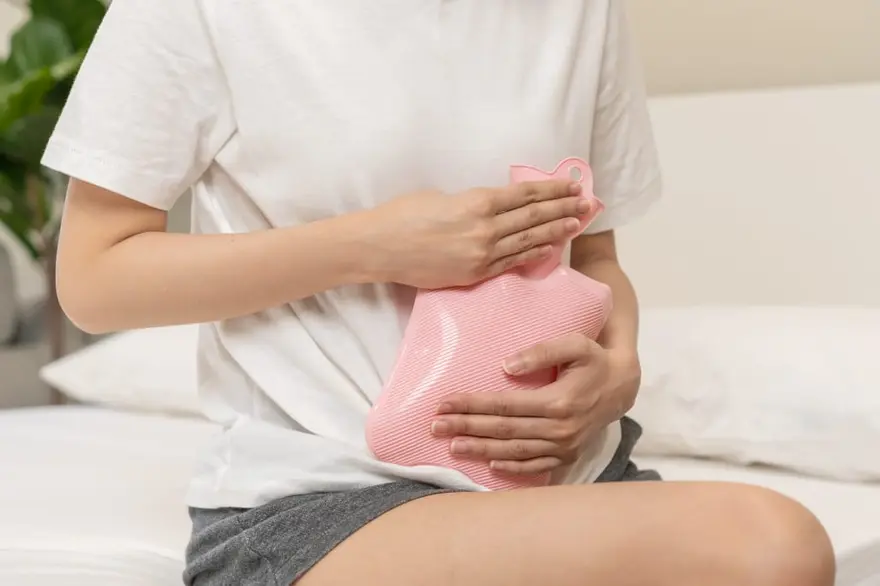
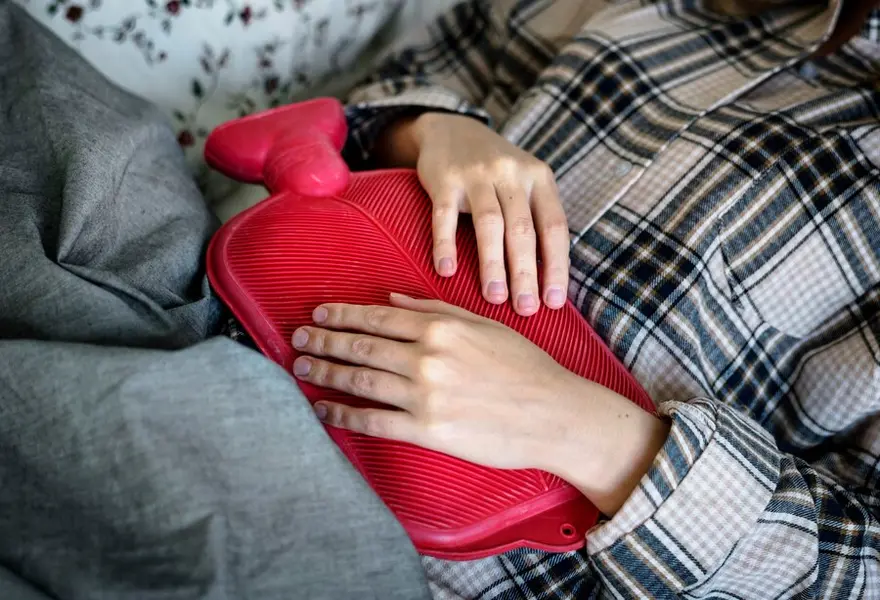
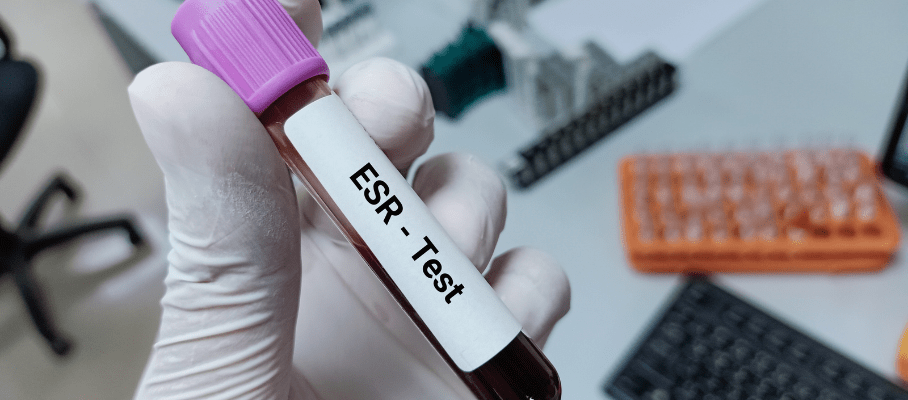

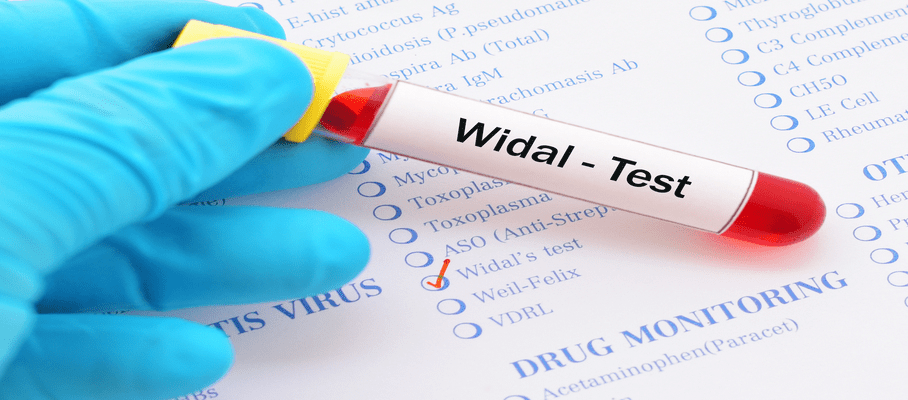


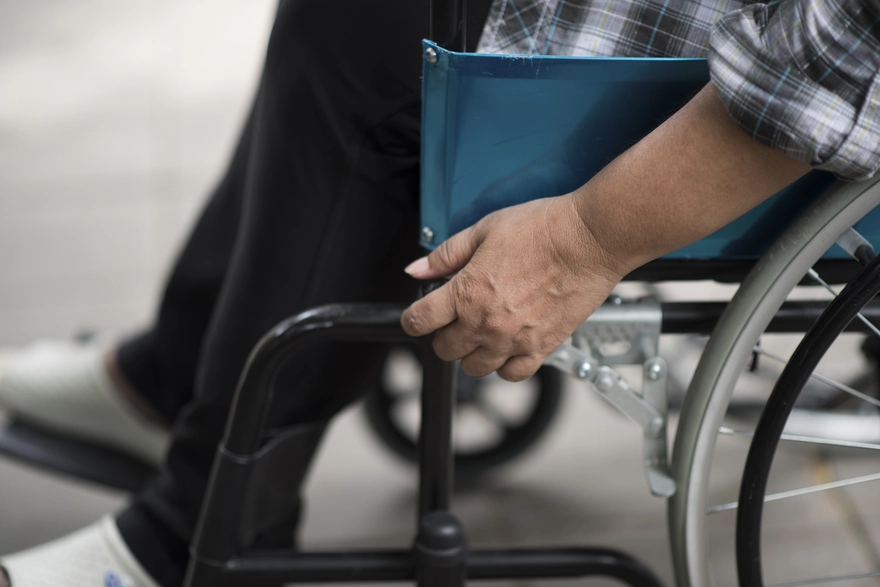

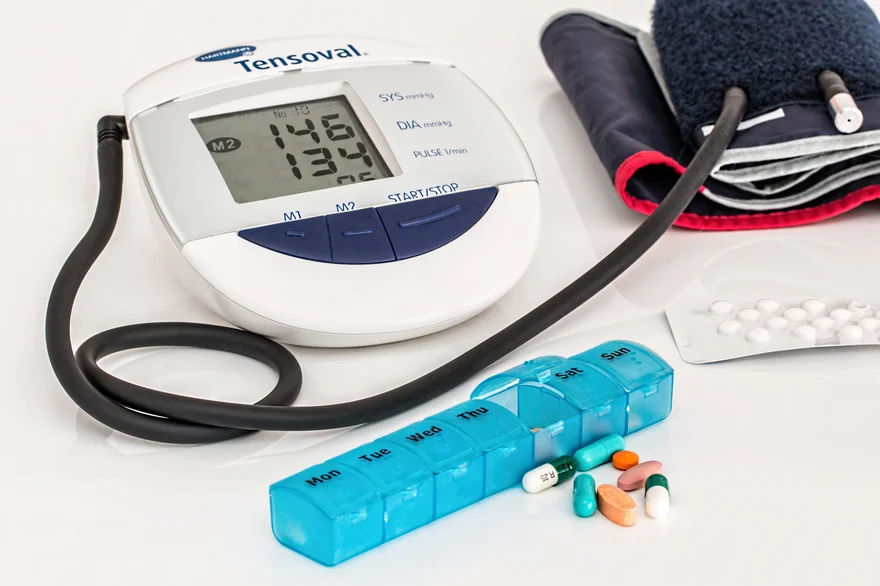
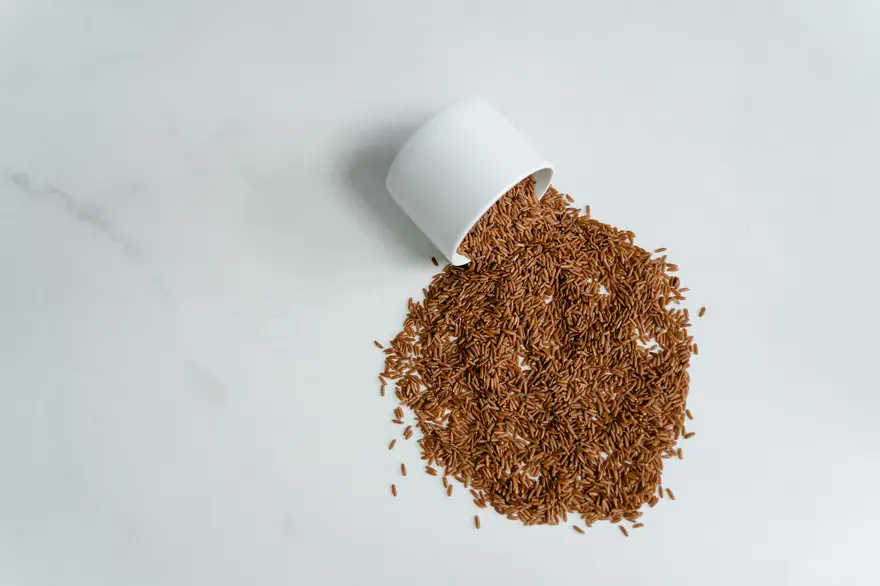
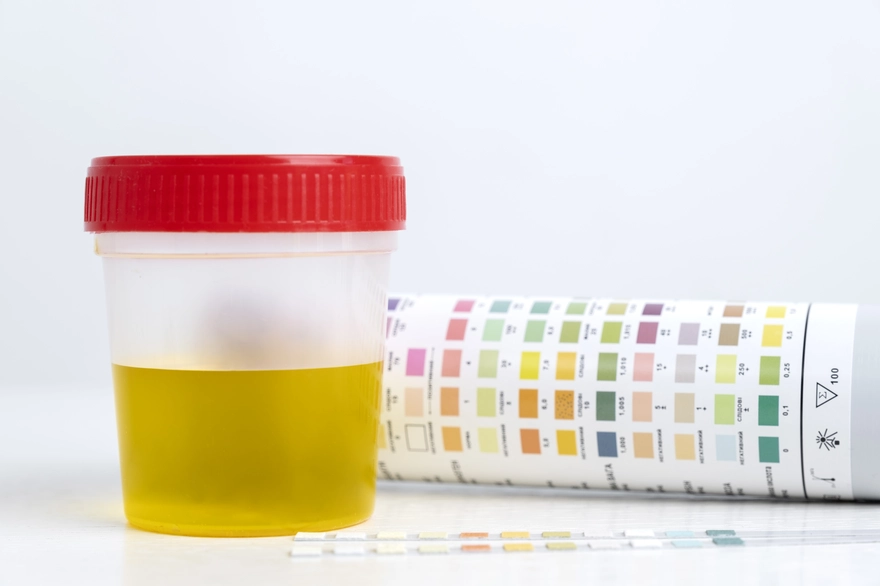
 WhatsApp
WhatsApp